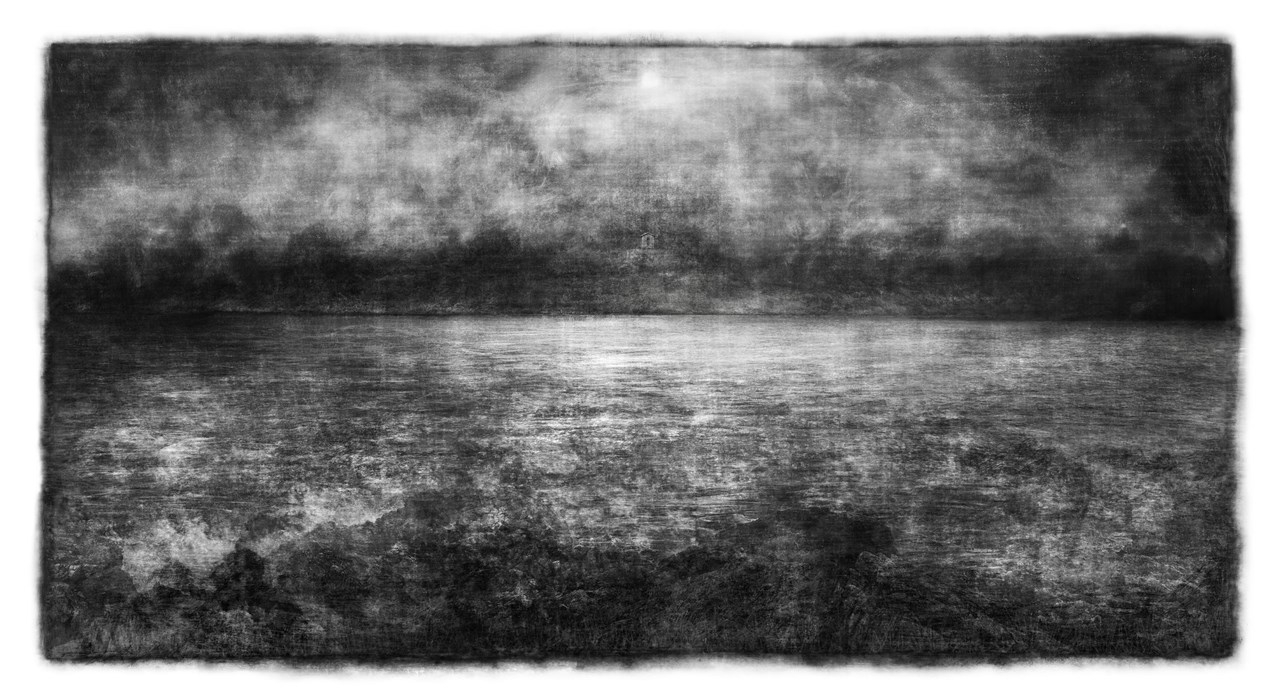Japanese artist and photographer Hideyuki Ishibashi, born in 1986, can also be described as being engrossed. By August Strindberg in general and his unique celestographies in particular, that is, the photographs in which Strindberg, without a camera or lenses, believed he had captured the undistorted night sky above his wife Frida Uhl’s grandparents’ estate in Dornach in Austria in 1893–94. Only sixteen, unfixed paper copies from glass plates, exist today – doomed to eventually blacken over time.
Starting from the celestographies, in an exhibition as intricate as it is poetic with diaries, graphics, drawings, photographs and dioramas, produced with the help of bygone photographic processes as well as with computer power and GPS, Hideyuki Ishibashi brings to life subtle questions about the essence of photography, about truth and error, about the past and the future. After the encounter with the mysteries of the Milky Way, the visitor turns home, if not more or less obsessed, then most likely filled with fascination over man’s never-ending thirst for clarity.




